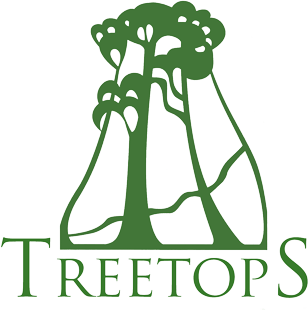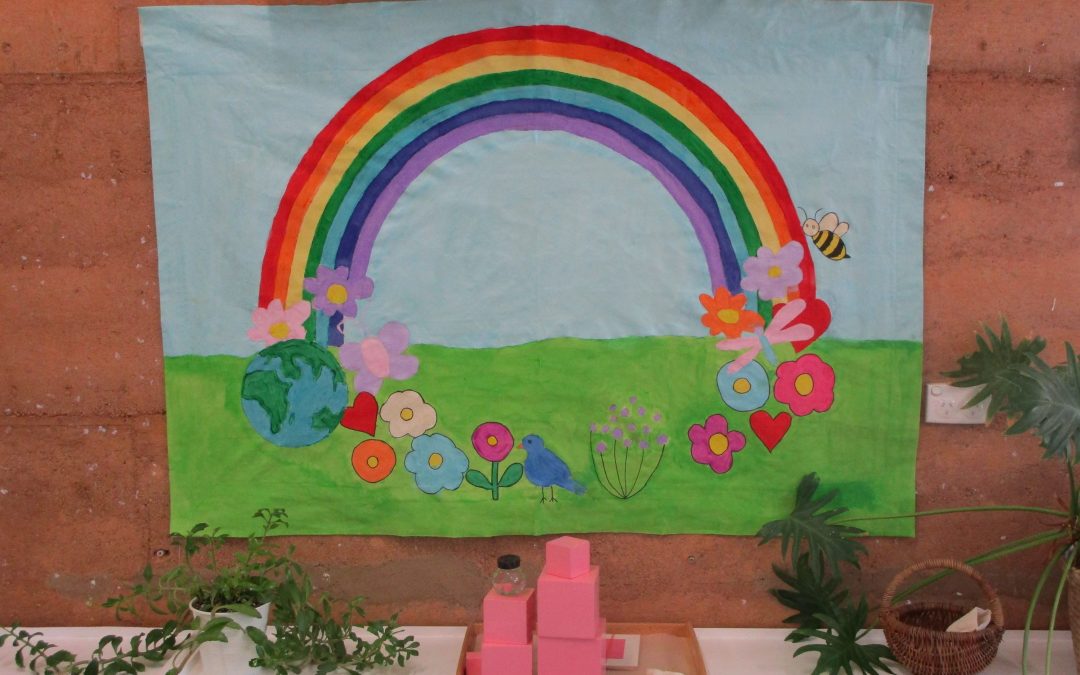Maria Montessori lived and worked during the time that the dropping of the first nuclear bomb forced the inhabitants of our world to collectively face, at the same time, their own mortality in becoming aware that we now have the technology that can be used to destroy ourselves within minutes. She stated that: “Establishing lasting peace is the work of education; all politics can do is keep us out of war.”
By the time you read this we will just have taken part in Sally Herzfeld’s United Nations International Peace Day, during which Treetops will have sung ‘Light a Candle for Peace’. This song was created in 2007 when it was sung throughout the world, including by us in Darlington, on International Peace Day that year. We have sung it every year since at our own Peace Ceremony at Treetops.
The teaching of peaceful processes at schools with a Montessori ethos happens in so many ways. The goal is always to promote inner-peace in the student which enables them to then demonstrate calm, respectful, problem solving behaviour to their peers and society. When conflict does occur it is seen as an opportunity to help students to learn resolution. Two features of our conflict resolution, the Peace Table and the Community Circle, are described by some of our students, in their words, below. “The Peace Table has a golden dove on it. The golden dove symbolises peace and when there is an argument we hold it and take turns talking about our points of view and then we reach a compromise. The table is located outside of our classroom on the balcony overlooking the playground. We use this table to resolve conflict amongst our peers. My best friend and I occasionally bicker and have used the peace table to solve our conflict and it allows us to get back to our games faster. I find the peace table works to solve our problems with everyone involved feeling good about the outcome.”
“Every Monday morning, we sit down and do something we call Community Circle. Part of why we call it Community Circle is so we can learn about every one as a class.
How this works is two people get chosen to go in the middle of the Circle one person at a time so that we can ask questions about them. Everyone enjoys Community Circle because it’s a fun way to learn about each other as a class and if there is a notice about something upcoming or a problem that we would need people to resolve it’s also a perfect time to do that.”
And how do we measure if these processes work? This week I observed a Secondary student who has had difficulties managing his internal peace processes. He had noticed a conflict arising between some Primary students over a mud-play space and who ‘owned’ the dam that they had built. He listened, helped a Year 1 student to understand what was happening, and then took him to find an alternative space to build another ‘wall’. No adult intervention was required.
Jayne Simpson
Student Learning Coordinator



